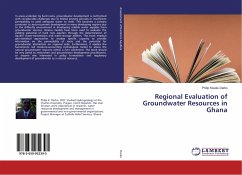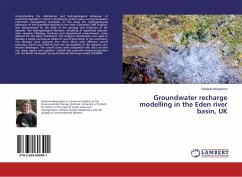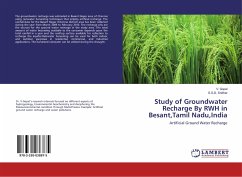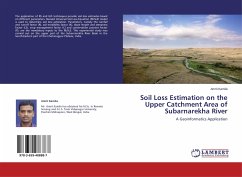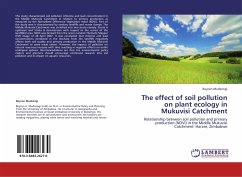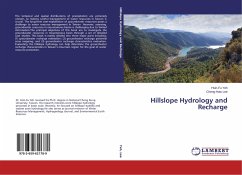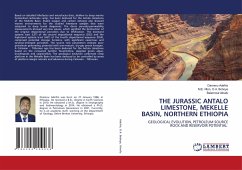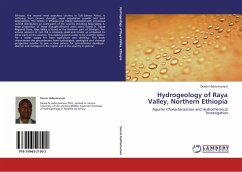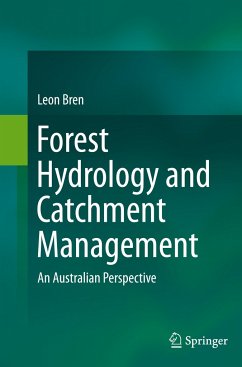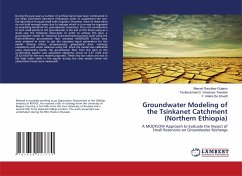
Groundwater Modeling of the Tsinkanet Catchment (Northern Ethiopia)
A MODFLOW Approach to Evaluate the Impact of Small Reservoirs on Groundwater Recharge
Versandkostenfrei!
Versandfertig in 6-10 Tagen
32,99 €
inkl. MwSt.

PAYBACK Punkte
16 °P sammeln!
During the past years a number of artificial dams have been constructed in the Geba Catchment (Northern Ethiopia)in order to supplement the rain-fed agriculture through small scale irrigation. However, most of these dams do not hold enough water due to leakage which in turn may be regarded as something beneficial for groundwater extraction. Thus, the contribution of such small ponds to the groundwater is the aim of this thesis using as a study case the Tsinkanet micro-dam. In order to achieve this goal, a groundwater model for Tsinkanet Sub-Catchment has been built using the finite-difference ...
During the past years a number of artificial dams have been constructed in the Geba Catchment (Northern Ethiopia)in order to supplement the rain-fed agriculture through small scale irrigation. However, most of these dams do not hold enough water due to leakage which in turn may be regarded as something beneficial for groundwater extraction. Thus, the contribution of such small ponds to the groundwater is the aim of this thesis using as a study case the Tsinkanet micro-dam. In order to achieve this goal, a groundwater model for Tsinkanet Sub-Catchment has been built using the finite-difference groundwater flow simulator MODFLOW. Certain data were analyzed in order to get the necessary input parameters for the model. Among others, pumping-tests, geophysical data, recharge calculations and water balances using GIS. Once the model was calibrated using observation heads, the goundwater flow from the dam to the surrounding aquifer was calculated obtaining values of 2.37 m3/d and 23.62 m3/d for the two models proposed. These very low values are due to the high water table in the aquifer during the rainy season (when the observation heads were measured).



